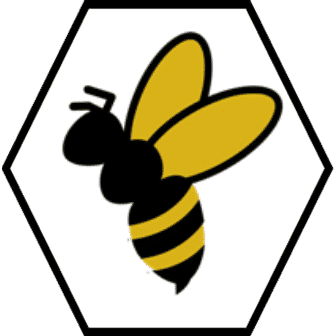The 3 REQUIREMENTS of Organic beekeeping:
1. Bees are kept and forage in an unpolluted area, with flowers that are completely pesticide free.
2. Use of natural materials in beekeeping, feeding bees, and extracting honey, absolutely no antibiotics, pesticides, or pollutants in feed or water.
3. No conventional veterinary medications or pesticides in beekeeping.
Now, although there are honey producers in the US and abroad that sell certified organic honey products, the USDA does not have organic standards for honey. Even with the highest standards of organic production, there is absolutely no way say with 100% certainty that the nectar and pollen collected from millions of flowers within the two-mile foraging distance of honey bees is absolutely non-GMO and untouched by man-made chemicals. And, then who’s to say that the air the bees are breathing isn’t at all polluted? So, basically, any bee farmer can label their product organic, but there is just no way to verify this conclusively.
Buying locally from beekeepers allows consumers to verify if antibiotics, pesticides, or chemicals are utilized on their farms, but this is not always practical for the average customer just wanting a bottle of pure honey. Sahabee Honey buys directly from local bee keepers and has personally verified the rawness and naturalness of the ingredients it uses to produce our quality products. “Organic” honey means that the product is produced in an agreed upon standard, but does not apply to the purity of the honey. In other words, your certified organic honey may or may not be raw and heated to temperatures, during extraction that kills its naturally occurring enzymes and nutritional benefits.

